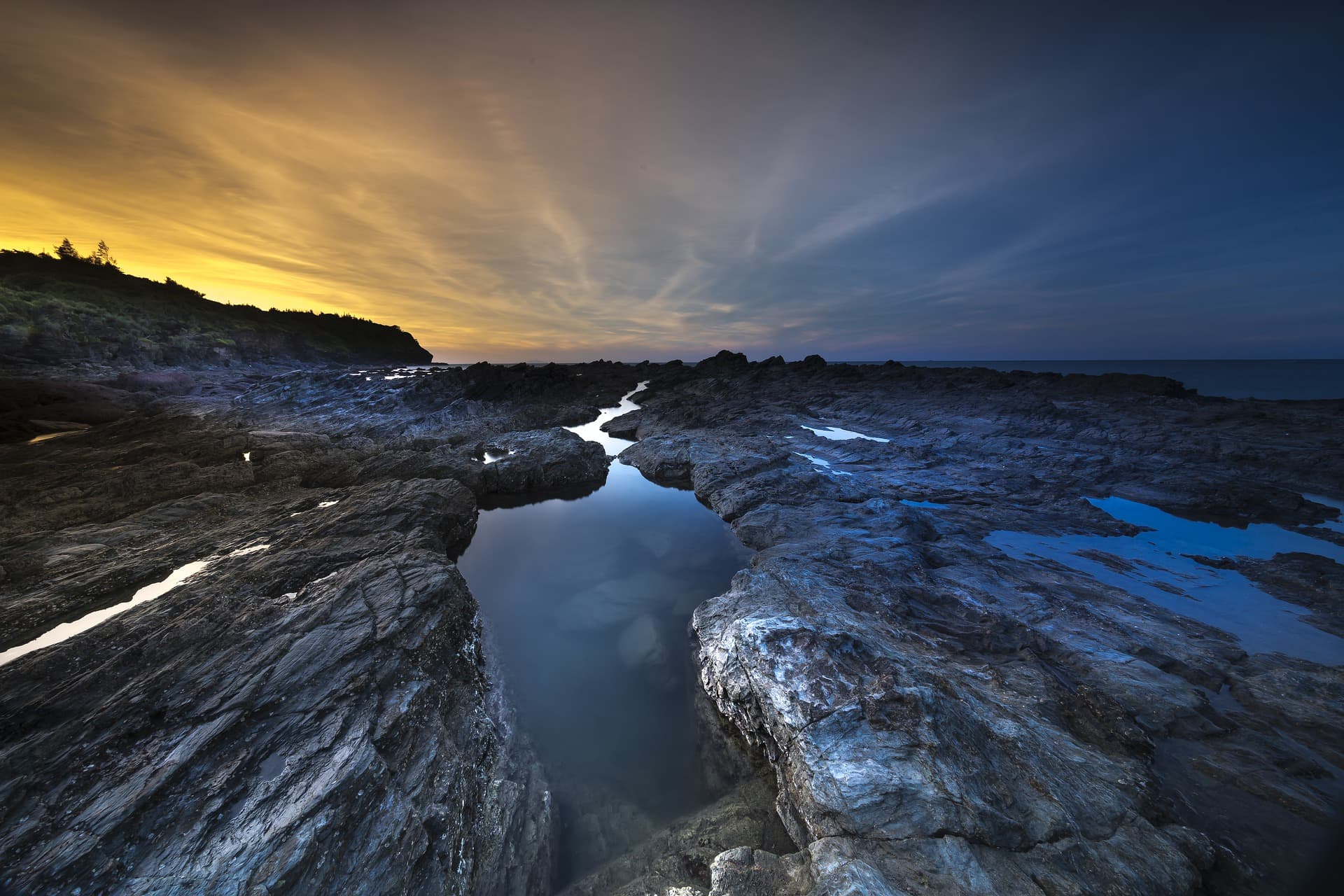Marine Heatwaves
In 2016, the seas of northern Australia and Alaska's Bering Gulf experienced their worst marine heatwaves in 35 years of satellite records.
The consequences were dire for local marine ecosystems. An unprecedented number of corals across the Great Barrier Reef bleached and died. Alaska experienced one of its worst harmful algal blooms — an excess growth of algae in the water that generates harmful toxins that choke marine life.
Are these marine heatwaves connected to rising global temperatures? Answering this question may help scientists assess the likelihood of similar events happening again in the future.
Climate Change and Extreme Events
Despite our wealth of scientific knowledge about extreme events that happen on land, the oceans — which trap approximately 93 percent of the heat responsible for climate change —remain vastly unexplored. Now, things are starting to change as a wave of fresh research sheds light on the role of human emissions on environmental changes like the two marine heatwaves in 2016.
In a study published in the Bulletin of the American Meteorological Society, a team of researchers estimated that the two extreme events in Alaska and Australia's oceans were made up to 50 times more likely by humanity's carbon footprint.
Research into how much human-made climate change contributes to events like drought and hurricanes has blossomed over the past few years. Scientists are now able to examine an individual event and identify with increasing precision whether climate change or not played a role, and if so, how much.
Jeff Rosenfeld, editor in chief of the Bulletin of the American Meteorological Society, said in a statement: “For years scientists have known humans are changing the risk of some extremes. But finding multiple extreme events that weren’t even possible without human influence makes clear that we're experiencing new weather, because we've made a new climate.”
Events like the 2016 marine heatwaves are far from isolated. As reported by National Geographic, the extraordinary ocean heatwave that hit Tasmania between 2015 and 2016 was also likely due to the influence of climate change. In a study published in Nature Communications, a research team estimated that human-made climate change made the exceptionally long duration of the ocean heatwave — nearly a year — 330 times more likely.
What Next?
By now, the amount of carbon emissions from human action has already bound us to certain inevitable changes. The leaked draft of an upcoming special report by the Intergovernmental Panel on Climate Change (IPCC) suggests that the most ambitious climate goal set in Paris — keeping global warming within 1.5 degrees Celsius (2.7 degrees Fahrenheit) — will be exceeded well before 2050. This would condemn the planet to more extreme events on land and in the oceans.
Researchers are looking for ways to protect corals and other key marine species, and stave off the worst impacts of climate change on marine communities. But oceans remain some the most threatened ecosystems on the planet. Only an international commitment to preserve the most remote marine regions — which could be in the works by 2020 — would be an effective response to environmental threats and climate change impacts.
Share This Article
